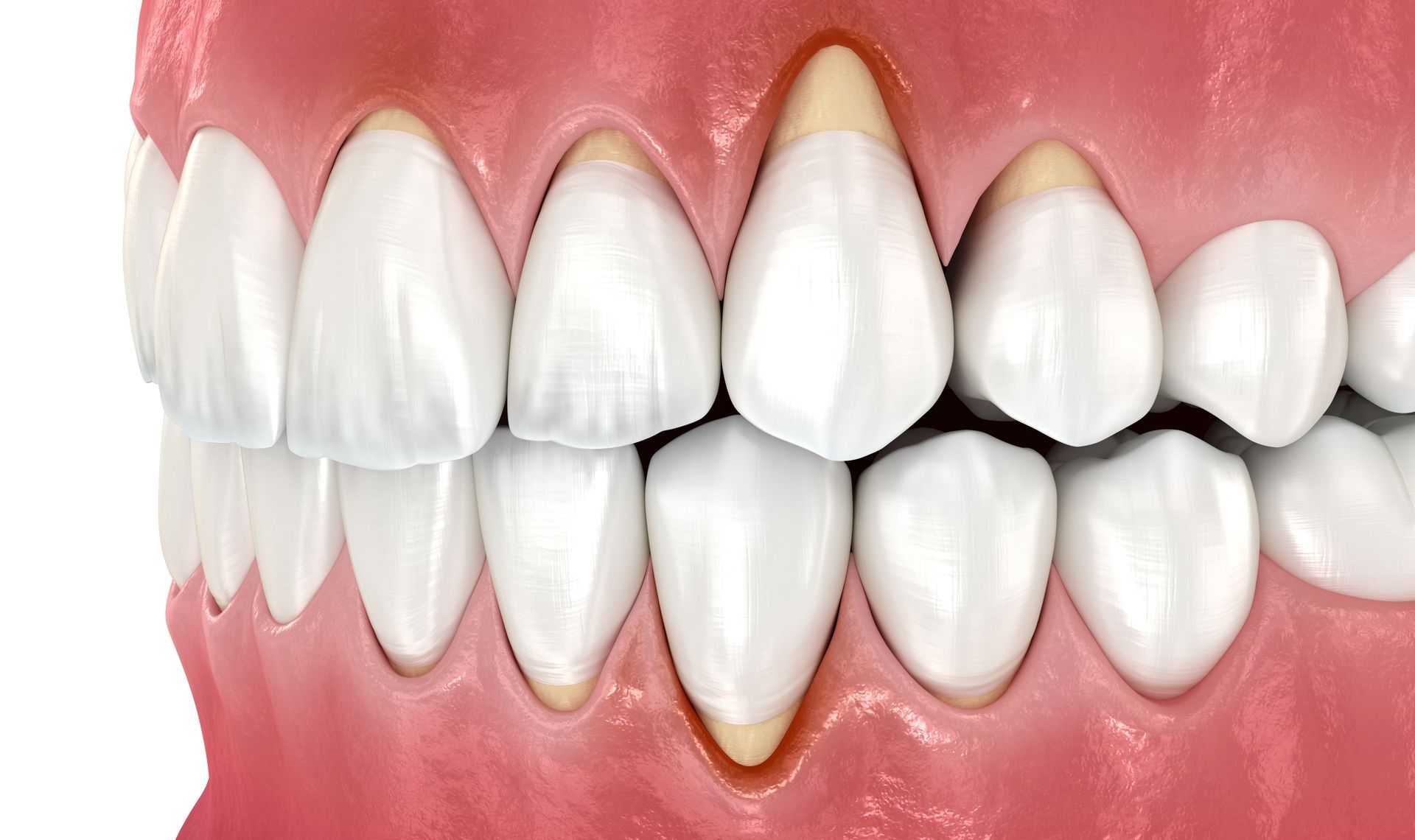Understanding Soft Tissue Grafts: Types & Benefits
Gum disease, also known as periodontal disease, is a common oral health issue that can lead to gum recession, tooth loss, and other complications. One effective treatment for gum recession is soft tissue grafts, which can help restore the health and appearance of your gums. At Teri Brooks Lovelace DDS in Abilene, TX, we offer various types of soft tissue grafts to meet your specific needs.
Why Are Soft Tissue Grafts Needed?
Soft tissue grafts are typically needed to address several issues related to gum disease and gingivitis treatment:
- Gum Recession: Gum recession exposes the roots of your teeth, making them more susceptible to decay and sensitivity. Soft tissue grafts can cover these exposed roots, protecting your teeth and improving your smile.
- Thinning Gum Tissue: Thin gum tissue can be more prone to recession and damage. Soft tissue grafts can thicken the gum tissue, providing better protection for your teeth.
- Aesthetic Concerns: Gum recession can affect the appearance of your smile. Soft tissue grafts can restore the natural contour of your gums, enhancing your smile's aesthetics.
Types of Soft Tissue Grafts
Free Gingival Grafts
Free gingival grafts are used to thicken gum tissue and prevent further recession. This procedure involves taking a small piece of tissue from the roof of your mouth and attaching it to the area where the gum has receded. This type of graft is particularly useful for patients with thin gum tissue who are at risk of further recession.
Connective Tissue Grafts
Connective tissue grafts are commonly used to cover exposed roots and improve gum aesthetics. This procedure involves taking a small piece of connective tissue from under the skin on the roof of your mouth and attaching it to the area of gum recession. This type of graft is often preferred for its natural appearance and effectiveness in covering exposed roots.
Connective Tissue Grafts
Pedicle grafts involve using a flap of tissue from adjacent areas to cover the recession. This procedure is typically used when there is sufficient gum tissue near the area of recession. The flap of tissue is partially cut away and then pulled over to cover the exposed root. This type of graft is less invasive and can provide excellent results for patients with adequate gum tissue.
The Benefits of Soft Tissue Grafts
Soft tissue grafts offer several benefits for patients with gum disease and periodontal disease:
- Protection Against Tooth Decay: By covering exposed roots, soft tissue grafts can protect your teeth from decay and sensitivity.
- Improved Aesthetics: Soft tissue grafts can restore the natural contour of your gums, enhancing your smile's appearance.
- Prevention of Further Recession: Thickening the gum tissue can help prevent further recession and protect your teeth from future damage.
- Enhanced Comfort: Soft tissue grafts can reduce sensitivity and discomfort associated with exposed roots.
Contact Us for Soft Tissue Graft Services
At Teri Brooks Lovelace DDS, we understand the importance of maintaining healthy gums for overall oral health. Our team is dedicated to providing the best possible care for our patients, including advanced treatments like soft tissue grafts. If you're experiencing gum recession or other symptoms of gum disease, don't hesitate to contact us for a consultation. We'll work with you to determine the best treatment plan for your needs and help you achieve a healthier, more beautiful smile.





